Knights and Castles: A Look into Medieval History
In the Middle Ages, knights and castles formed the core of European feudal society. This period, which lasted from the 5th to the 15th century, is known for its chivalric codes, majestic castles, and fascinating history.
The Role of Knights in the Middle Ages.
Knights were the elite warriors of medieval society. They were trained in the art of warfare and had a duty to protect their lord and country. Knights were also bound by the code of chivalry, which emphasized courage, honor, and courtesy.
Training to become a Knight
The path to knighthood began at an early age. Boys of noble birth often became pages and later squires, where they learned to fight, ride horses, and follow the chivalric codes of honor and justice.
Knightly Tournaments
Tournaments were popular events where knights could display their skills in battle. These events were not only a way to win honor, but also a chance for knights to show their strength and skills.
The Architecture of Medieval Castles
Castles were home to knights and noble families. They were not only dwelling places, but also defenses against enemy attacks.
Characteristics of Medieval Castles
Typical features of a medieval castle include thick walls, towers, and a moat. Many castles were built in strategic locations, such as hilltops, to optimize defenses.
Living in a Castle
Life in a castle was not always luxurious. Although the noble family lived comfortably, the castle was also a center of administration, and often a venue for large celebrations and gatherings.
The Decline of Knights and Castles
With the emergence of new war technologies and the change in military tactics in the late Middle Ages, the role of knights and the importance of castles began to decline. Eventually, they became more symbolic than practical in warfare.
The Legacy of Knights and Castles
Although their era has passed, knights and castles remain a fascinating part of history that continues to inspire and captivate modern culture.
The Cultural Impact of Knights and Castles
Knights and castles have had not only a historical, but also a profound cultural impact. They are a source of inspiration in literature, film, and art, and continue to fascinate us with their heroic and romantic images.
Knights in Literature
The knight as hero is a recurring theme in much medieval literature. Stories such as the Arthurian legend and the Knights of the Round Table emphasize ideals of courage, honor, and chivalry. These stories have been told and retold over the centuries, each with its own cultural and historical nuances.
Castles in the Arts
Castles have inspired artists throughout the ages. They are often depicted as majestic and impregnable fortresses, symbols of power and security. In the painting of the Romantic era, castles are often depicted in idyllic but also sometimes haunting and mysterious settings, adding to their mystical allure.
The Scientific Study of Knights and Castles
Historians and archaeologists continue to study the world of knights and castles. Through excavations and research, new discoveries are made that shed light on daily life, military strategies, and social structures of the Middle Ages.
Archaeological Discoveries
Recent archaeological discoveries, for example, have revealed new information about the building techniques of castles and the lives of the people who lived in them. This helps us better understand the complexity and craftsmanship of medieval architecture.
Historical Re-enactment
Historical re-enactment groups bring to life the world of knights and castles. Through meticulous reconstructions and live demonstrations, people get a unique insight into medieval ways of life, warfare, and crafts.
The fascination with knights and castles persists, not only as a reminder of a bygone era, but as a lasting influence on our modern culture and imagination.
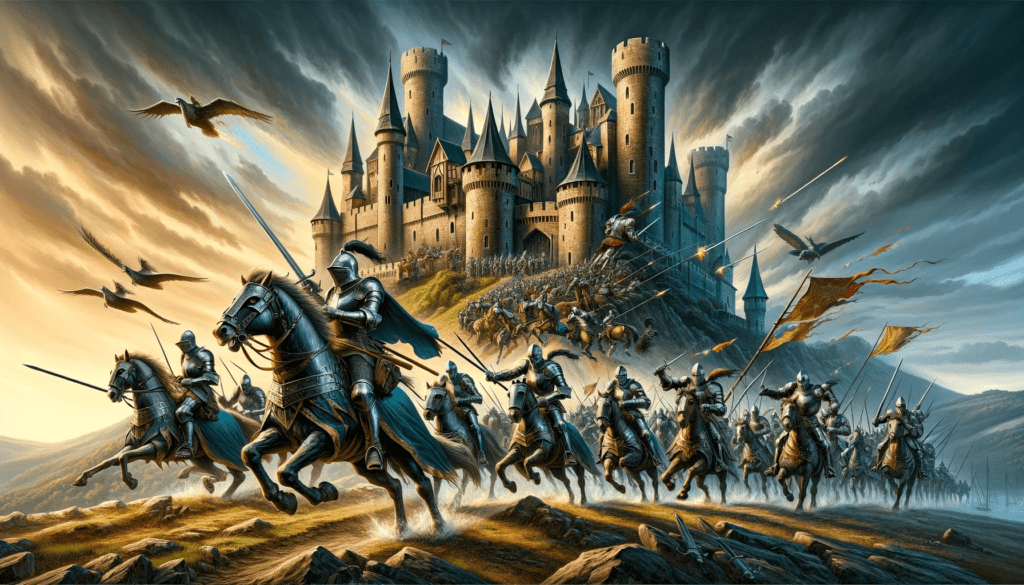
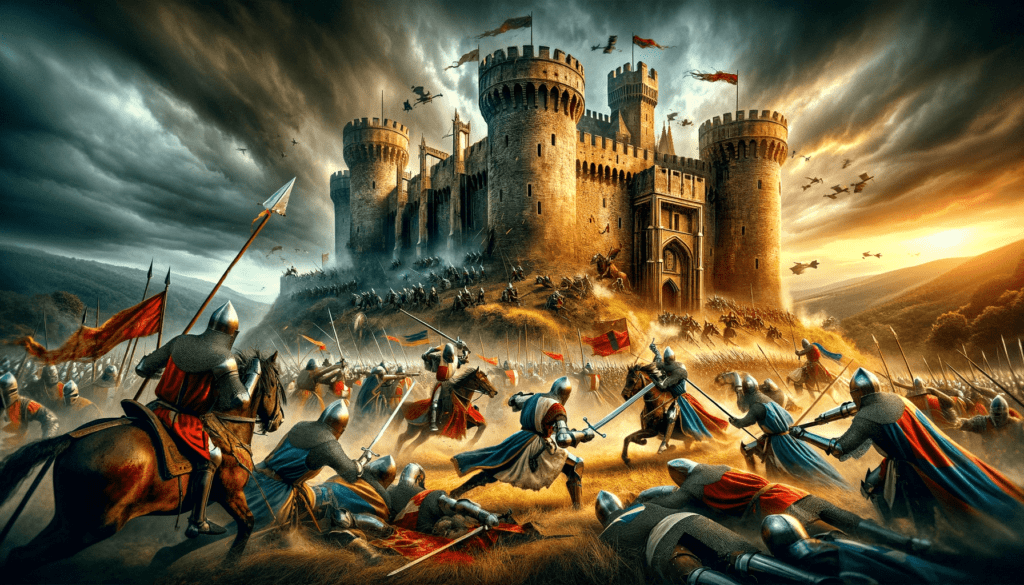
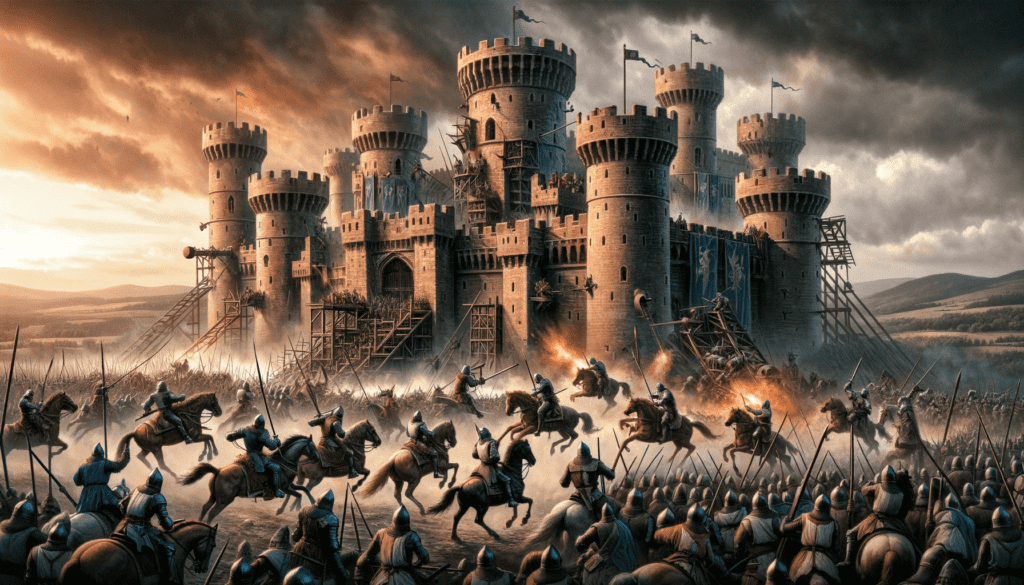
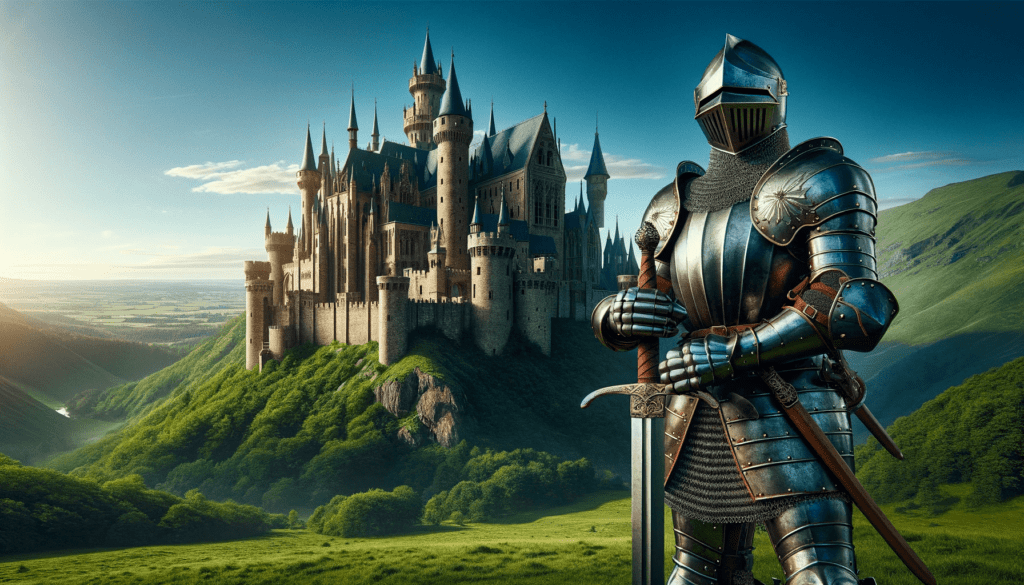
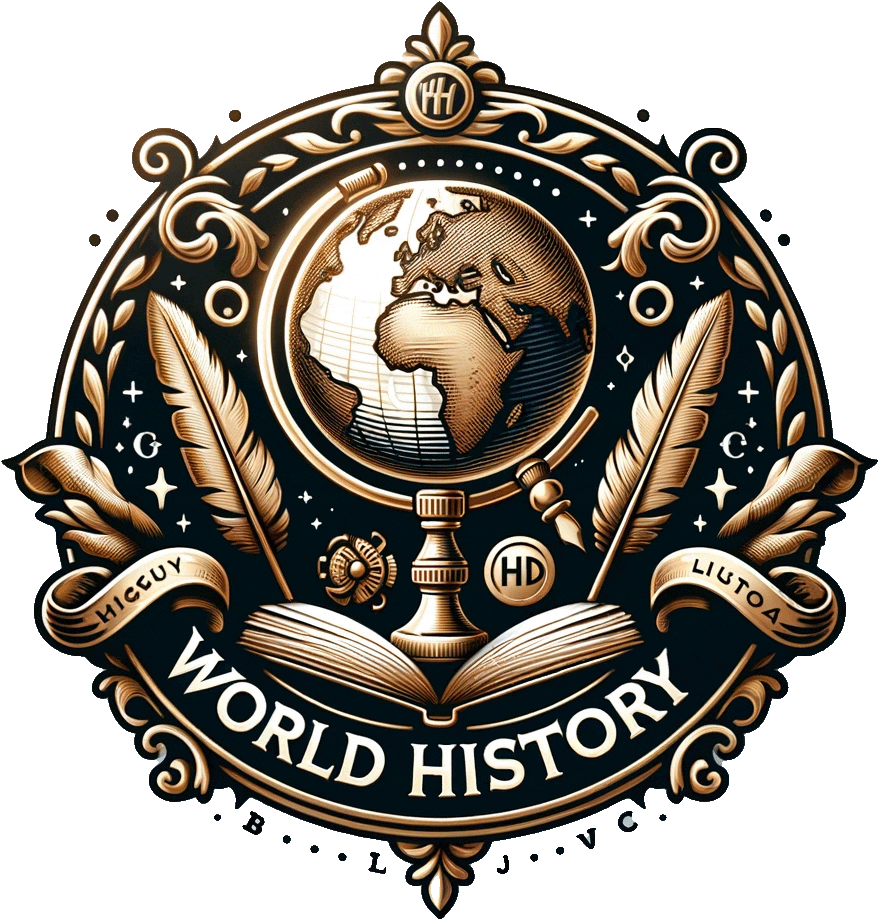
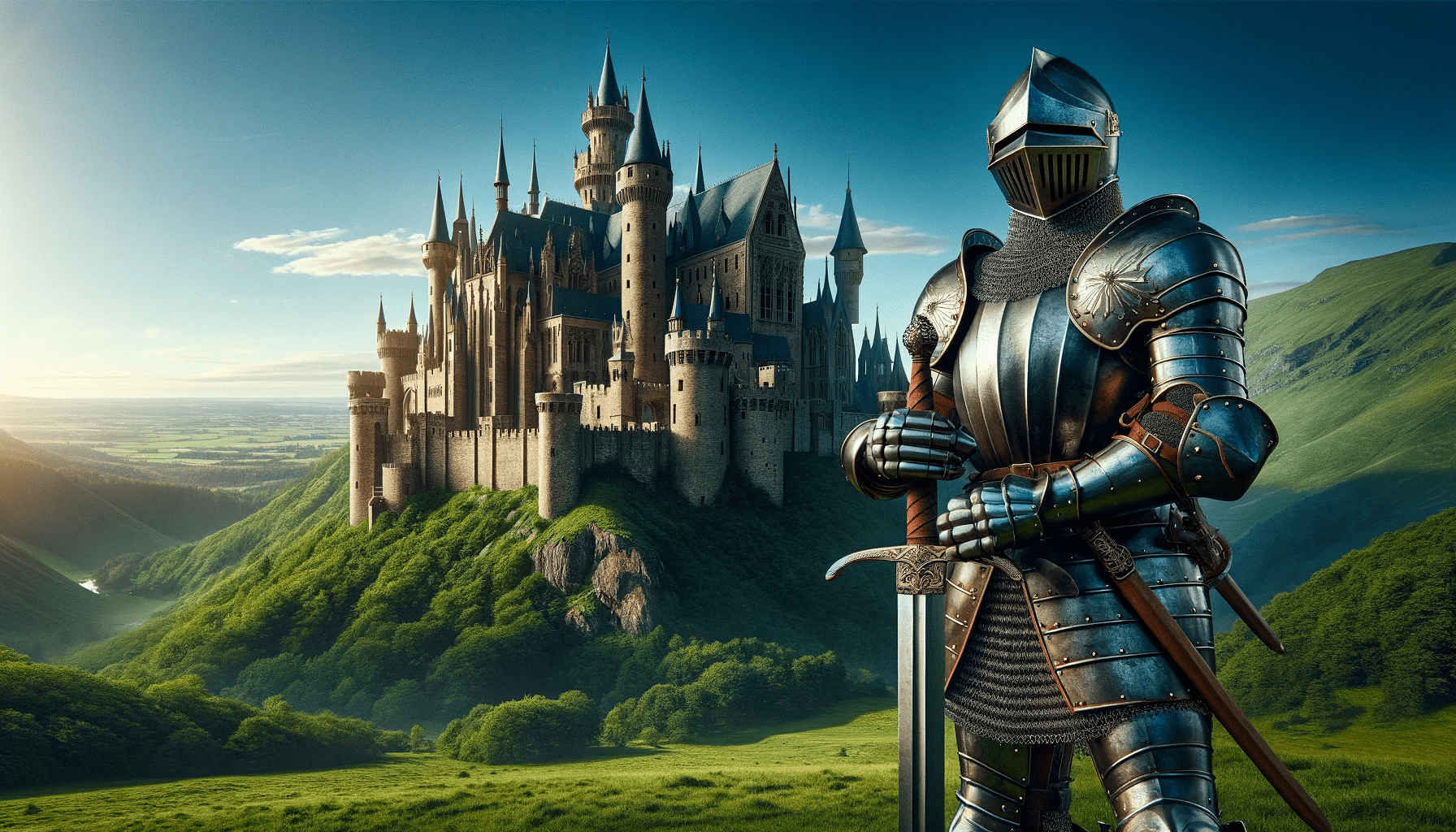
Leave a Reply